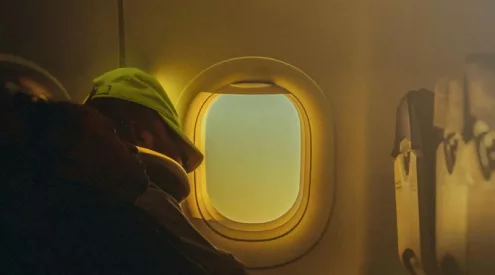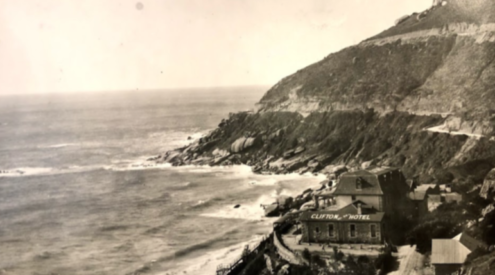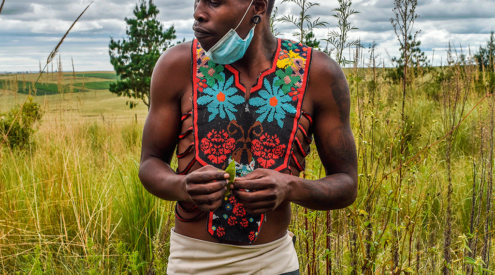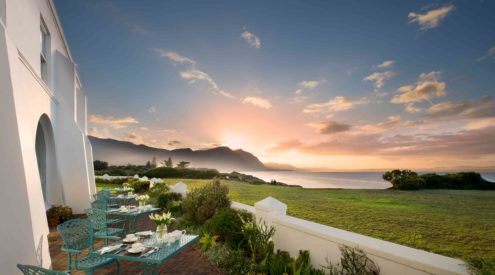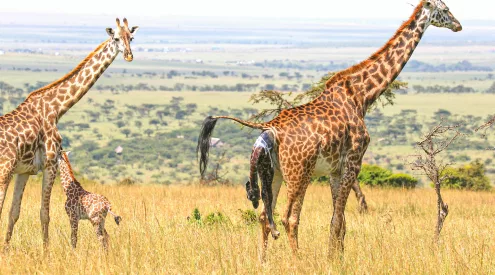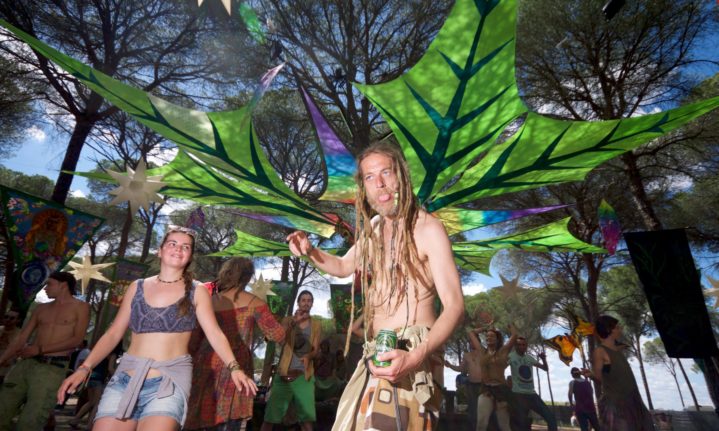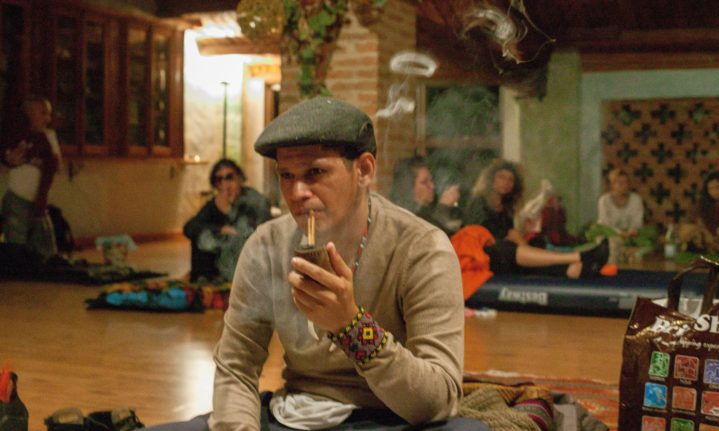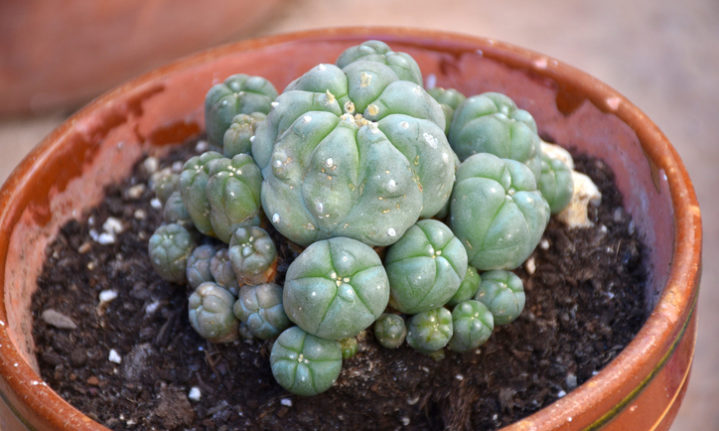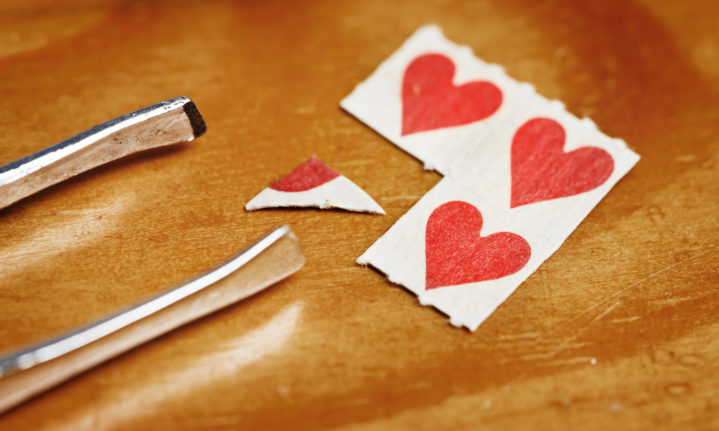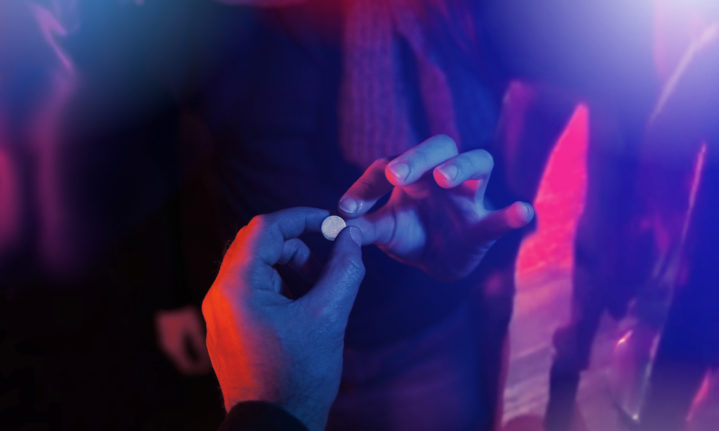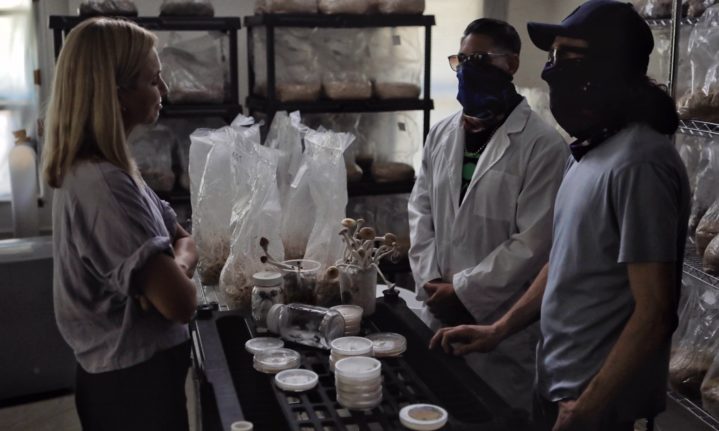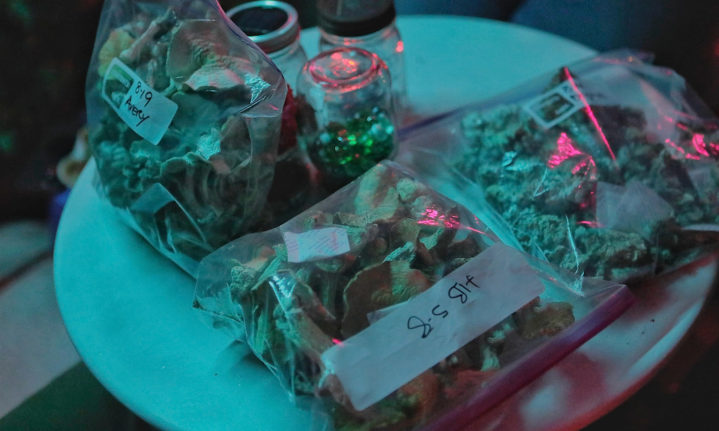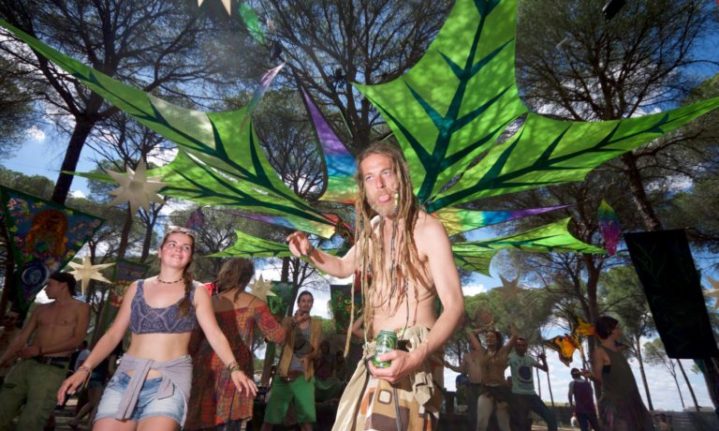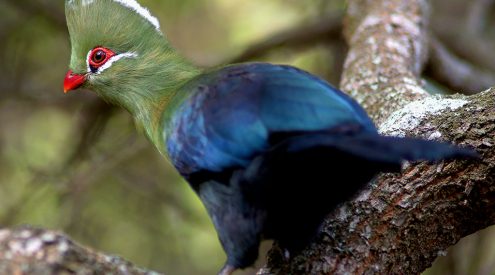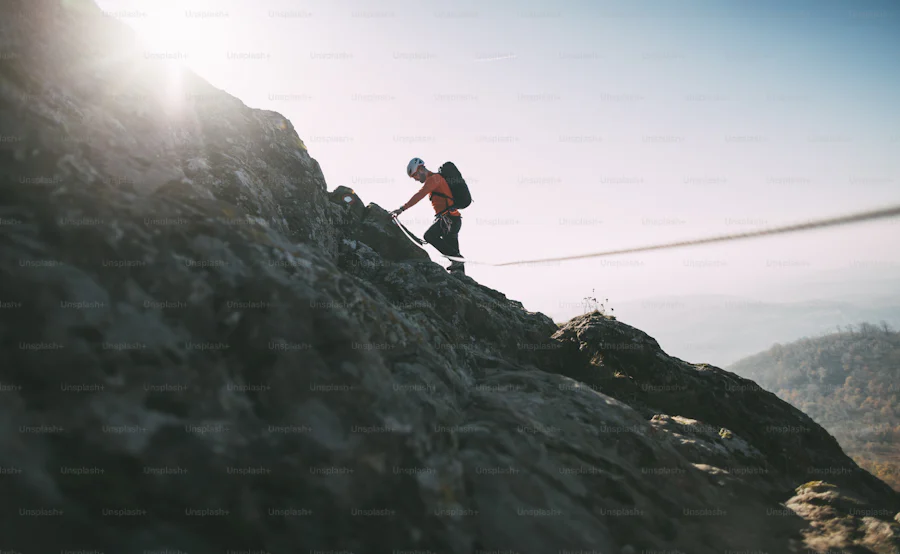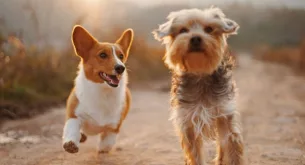There has been a psychedelic renaissance for some time and unless you’ve been living under a rock, South Africans have been trippin’ for some time.
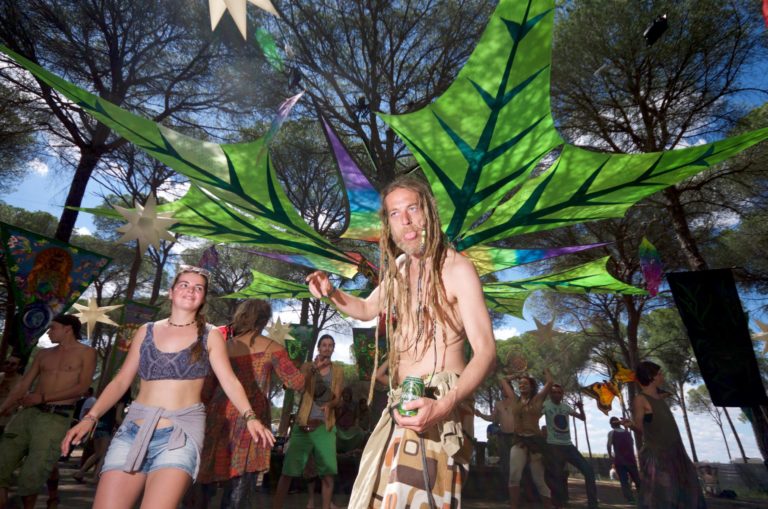
Picture: Luke Peters / Alamy Stock Photo
From a 1960s hippie group based in Cape Town calling themselves the “Cosmic Butterflies” that comprised a bunch of eclectic students who had a house in Rondebosch where you could go for a ‘chat and a smoke’ to today’s weekend ‘trancers’ dropping tabs of acid to technoshamans in far off festivals across the country.
In case you didn’t know, South Africa is considered one of the hotspots of trance, often considered by global ravers alongside other scenes such as Goa in India. The consumption of illicit substances at many events like these across the world – South Africa included – is an open secret.
So what are the implications of having a cultural scene where drug use is a major aspect of that experience? It’s complicated, as you can assume. To get some insight, we chatted with award-winning journalist and National Geographic correspondent Mariana van Zeller – who has uncovered much of the criminal underworld, Trafficked – before the third season launched on 9 February
Consequences of the drug trade: insights from Mariana van Zeller
Having investigated the black trade of cocaine and cannabis and in her upcoming third season of the show, she delved deep into the underworld supply of LSD and MDMA. Before diving into the world of drug tourism, we first had to know; what is a drug?
‘A drug is a classified illegal substance – illegal to consume, trade or produce when looking at it through the lens of the black market,’ Mariana says. However, she does admit she can only define it within her expertise in the context of trafficking.
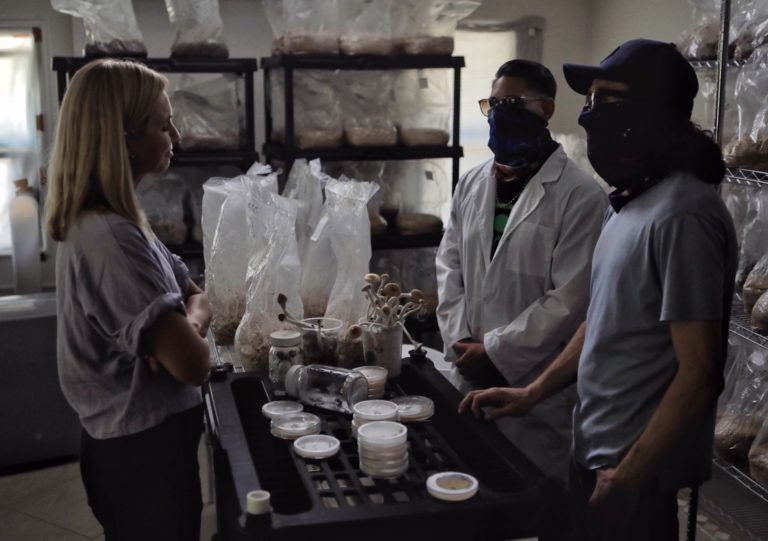
Mariana van Zeller (L) conducts an interview in an LSD lab. (Picture: National Geographic)
But what was abundantly clear in her episode on LSD is that there is a ‘new breed of drug dealers’. The ill-perceived perception of drugs is changing ‘even though the US has spent billions in fighting the so-called war on drugs, it is facing the biggest drug epidemic in its lifetime,’ Mariana says.
‘There is a realisation that the war on drugs isn’t working. And that some of the problematic drugs being used are completely legal.’
‘I did it because I want to share the gift of being able to treat yourself and improve your mental health with everyone,’ a former LSD producer, Casey Hardison, told Marriana in an interview. Casey spent nine years in prison for the manufacturing and distribution of LSD.
‘The association of the violence and drugs is attributed to its criminalisation, with the Netherlands essentially becoming a narco-state,’ Mariana says about creating fertile ground for black markets. Her investigations led her to discover that the Netherlands, in the heart of Europe, is becoming a narco-state, with the country’s most renowned investigative journalist, Peter R de Vries, murdered in 2021 – something more representative of a country deeply embroiled in trafficking.
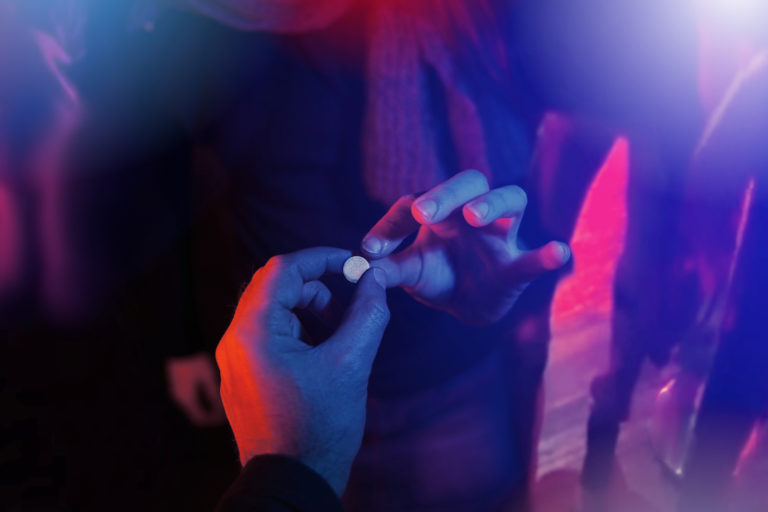
The consumption of ecstasy and MDMA is an open secret at many clubs and raves, which causes a euphoric and energetic high that lasts a few hours. Picture: Getty Images/ Supreblu
The 1961 UN Convention on Narcotic Drugs blanketed many substances under its document, with heroin and cannabis lumped together. The UN document on drugs is the only UN 1961 Convention on Narcotic Drug is the only UN document that uses moral language, stating that ‘parties to the convention’ are ‘concerned with the health and welfare of mankind’ and are ‘conscious of their duty to prevent and combat the evil’.
No other UN document, be it on genocide, apartheid, war or any other atrocity, refers to an “evil” that needs to be combated.
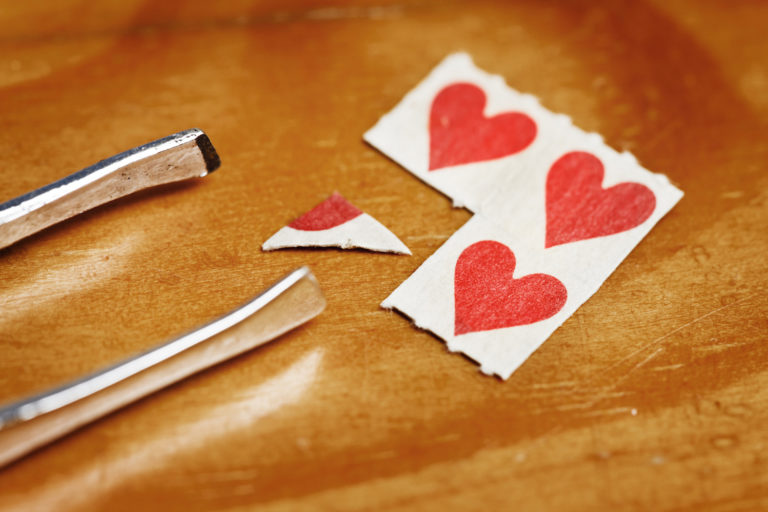
Lysergic acid diethylamide (LSD), often referred to as acid, is a hallucinogenic substance and often comes in discrete tabs such as this. Picture: Getty Images/ RapidEye
There is a change in the perception of drug use, especially with regard to certain drugs such as MDMA, cannabis and LSD. Where drug use was once seen as digging yourself into a whole, the zeitgeist is changing to one that views it as a door to self-improvement.
But this, too, is fraught with challenges. So is there a more progressive way to deal with drug use, and if so, what would ethical drug tourism look like in an ideal world?
An ethical drug use
‘People in Malawi will believe the craziest things,’ my Malawian friend Eugyn told me once during an intoxicated and euphoric evening. ‘But you white people are into some weird sh*t.’
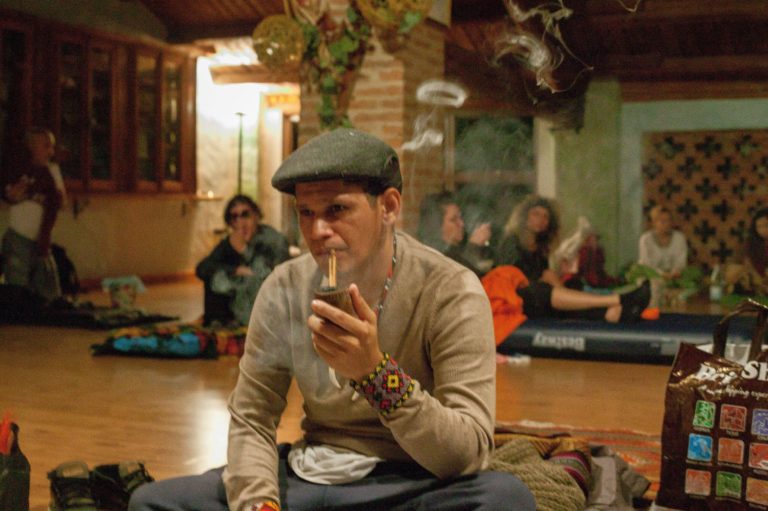
An ayahuasca ceremony. Picture: Filippo Carlot / Alamy Stock Photo
We were both high and had a rather cliche conversation with a trancer about David Ike’s reptilian theory. Regardless, some pretty eclectic individuals have been drug provocateurs throughout history. From Terrance Mckenna to Steve Jobs and even Michel Foucault, often referred to as the twentieth century’s last great philosopher. He even wrote that dropping a tab of LSD was one of the ‘most important experiences in his life’ and forced him to throw out the draft of his seminal work, The History of Sexuality.
Today, however, much of psychedelic culture tends to be a postmodern syncretism of eastern or indigenous belief systems packaged as a new form of new-age spirituality. Most of them tend to be from wealthier countries in the global north.
There are drugs, be it ayahuasca or mescaline, that have a long cultural tradition of their use, something that is catching on with tourists who look to escape the social malaise of highly industrialised countries – be it stress, depression, or a whole cocktail of issues, and the growth of ayahuasca retreats are testament to this.
So it is rather unfortunate that the dominant narrative surrounding drug culture often does not stem from the countries that have had a tradition of using these substances for generations, but from its benign appropriations.
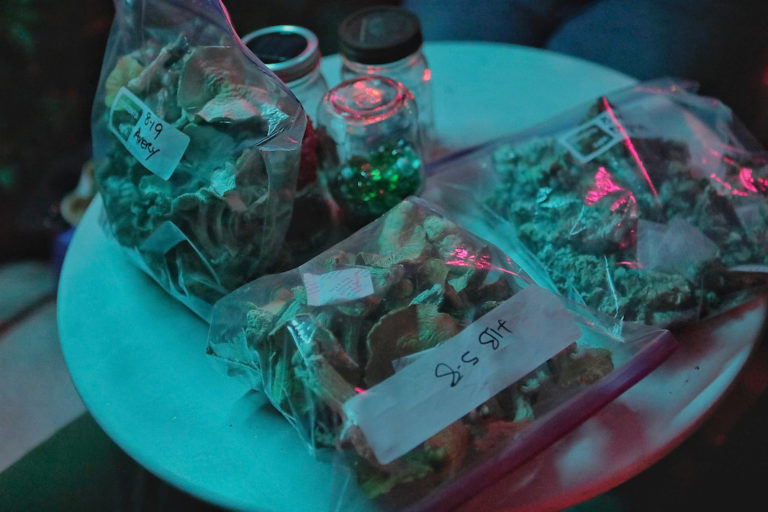
Bags of myoglobin mushrooms, which are growing in popularity as a means to treat mental health issues like depression (Picture: National Geographic).
But, these psychonauts are willing to pay top dollar to experience these substances, where retreats in the Peruvian and Brazilian Amazon charge $10 000 to take psilocybin mushrooms with a private shaman, bringing in much-needed foreign income into the country.
With the widespread awareness of mental health issues, this kind of retreat has proliferated worldwide. Even Lindsay Lohan claimed that the experience was ‘really intense’ and said she saw herself die and being born and that it encouraged her to let go of ‘the wreckage of my past.’
Researchers have started looking into psychedelics potential, from MDMA to ayahuasca, to help treat almost everything from depression to eating disorders. Pilgrims are flocking to destinations like Peru to cure many hangups, from diagnosed conditions and alcoholism to just wanting to get out of a “hole”.
But the result is that host countries are dealing with the unwanted add-ons that come with this tourism,
‘Westerners contribute to the wanton commodification and fetishization of the cultures whose practices they wish to insinuate themselves into, or to coopt,’ scholarly platform, Jstor, wrote in a piece titled ‘The Colonization of the Ayahuasca Experience’.
In many cases, this has jacked up the ritual’s cost for locals, upwards of more than 300% in the last decade, limiting locals’ access to their own ritualistic healing traditions – a cornerstone of their cultural heritage.
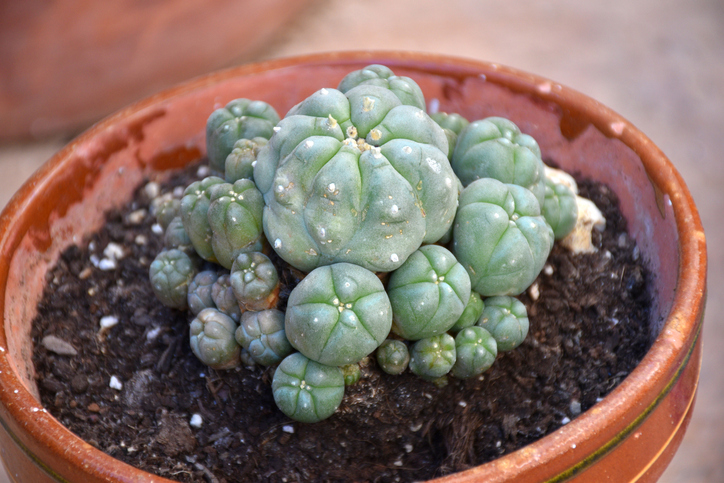
Pot with Peyote plant (Lophophora williamsii) which is used in Native American cultural ceremonies. The psychoactive compound in Peyote is Mescaline, which has the oldest known history of hallucinogenic consumption, going back 6 000 years. Picture: Getty Images/ Iker Zabaleta.
Many people flock to Goa, India, for this Trance scene. Still, there are reports of fights, public indecency, and even exclusion of local Indians from the scene as tourists lay claim to the area and aestheticise its religion.
A report by Mongabay revealed that ayahuasca tourism had increased jaguar poaching, with some opportunists convincing gullible tourists that the cat’s tooth or anything similar is a traditional spiritual enhancer.
Furthermore, until recently, indigenous communities have often faced persecution and often death for their cultural practices – often by the American-led war on drugs.
Members of the Native American Church often use a small cactus called peyote as a form of the sacrament. Peyote has a psychoactive compound called mescaline, which has the oldest documented use of hallucinogenic consumption, up to 6 000 years. But, the growing popularity of the plant is resulting in it being unsustainably harvested in the southern US states.
In America, some communities are growing their own peyote – Native Americans do not believe that the plant can be cultivated as it is “a gift from nature” – and creating their own rituals around it that does not appropriate to Native American culture.
Some ayahuasca ceremonies in other countries, such as the US and South Africa, consciously move away from appropriating Amazonian traditions and developing their own practices.
But things are going on, as the words of my friend Eugyn ring true, I am into some weird “sh*t”, but there is a place for it that is also unproblematic. So turn on, tune in, and drop out, there are plenty of places in South Africa to take a good trip.
You can watch Trafficked with Mariana van Zeller on Thursdays at 21:00 from 9 February 2023 (10 x 60 min, ends 13 April) on National Geographic (DStv 181)
Follow us on social media for more travel news, inspiration, and guides. You can also tag us to be featured.
TikTok | Instagram | Facebook | Twitter
ALSO READ: Trippin’ in Hogsback

